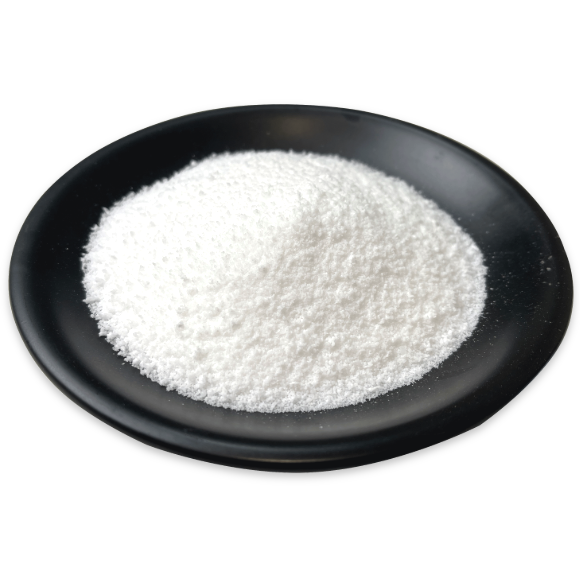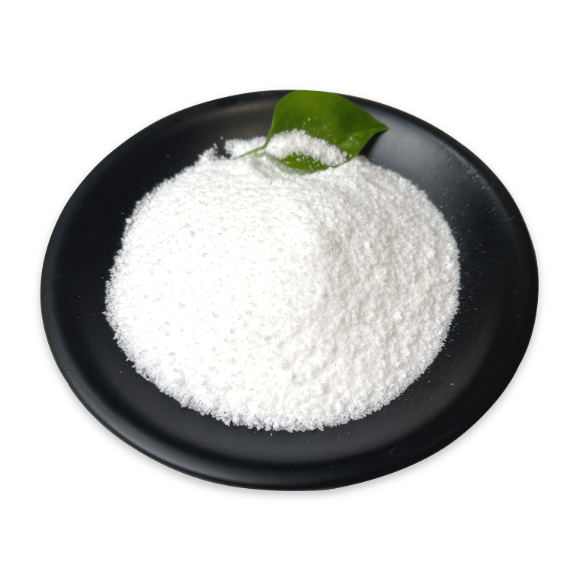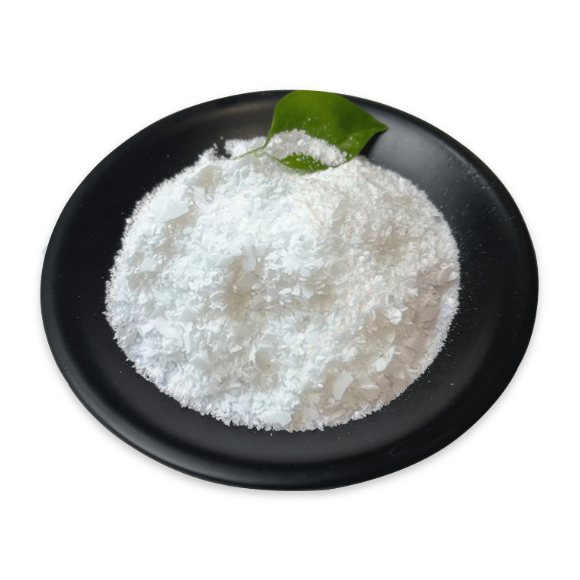
Scope of application of polyethylene wax
 TIME:2023-12-05
TIME:2023-12-05
Oxidized polyethylene wax, high softening point (above 100℃), close to high molecular weight polyethylene, melt viscosity and hardness close to paraffin. As a lubricant, it has stable chemical properties and good electrical properties.
Scope of application of oxidized polyethylene wax:
1. In the production process of polyvinyl chloride film, the gloss and transparency of the film and the longitudinal and horizontal toughness of the film can be improved.
2. It can be used as a dispersant of ink and paint, with good anti-precipitation effect, so that the printed matter has good luster and three-dimensional effect.
3. Prepare internal dispersant during masterbatch processing.
4. It can improve the softening point of wax products, improve the strength of wax products, and make the surface luster good. When a candle is lit, it burns safely, brightly, and without black smoke.
5. In the molding process, PVC profiles, pipes and plastics as internal lubricants can improve the toughness of plastic products, so that the surface of the product is smooth and the pass rate is high.
6. Oxidized polyethylene wax emulsion is used for water-based ink, water-based varnish, agriculture, leather, shoe polish, forestry, wood industry, garden forestry, water-based paint, water-based paint, paper products adhesive, textile softener and waterproof finishing.
Oxidized polyethylene wax has high viscosity, high crystallinity and high acidity (7~30), which can significantly promote plasticization. Very suitable for PVC profiles, a small amount of oxidized polyethylene wax can promote plasticization. In the initial extrusion, these products remain in the PVC for a longer time to promote the dispersion of the material in the formula, making the mixing more uniform. In the late extrusion period, it migrates to the surface between the material and the metal, showing external lubricity.
The role of oxidized polyethylene wax in coatings. With the improvement of people's living standards, people's requirements for coatings have also changed. More and more low-grade coatings are being phased out. Aesthetic high-grade coatings occupy most of the market, and the wax auxiliaries market is also expanding.
1. High melting point of wax powder, plasticizing delay. In the coating, after cooling, a thin wax film can be formed on the surface of the coating to prevent scratches and rust.
2. Moderate viscosity of wax powder. It can disperse the pigment and the carrier well, prevent the accumulation of the pigment and the carrier during the production of the coating, and avoid the protrusion that affects the appearance during the painting process.
3. Wax powder was used as a paint matting agent earlier, which is characterized by simple use. After coating, due to the evaporation of the solvent, the wax in the paint precipitates, forming fine crystals floating on the surface of the paint film, forming a rough surface of scattered light, and playing a matte role.
4. The main functions of wax powder in solvent-based coatings are: extinction, settlement resistance, thixotropy, good lubricity and machinability, and metal positioning.
5. Wax powder should be avoided in the coating, because polyethylene wax will dissolve in the solvent at high temperatures and precipitate to form large particles when cooled.
The role of wax powder in paints and coatings depends on the size of oxidized polyethylene wax, the fineness of particles, the ability to migrate to the surface of the paint, the composition of the paint and the properties of the substrate to be coated. When an oxidized polyethylene wax emulsion is added to a water-based paint, the wax drifts to the surface of the paint and disperses uniformly during film formation. The wax protective film is formed on the film, and the friction coefficient is reduced. This improves the wear resistance, smoothness and scratch resistance of the coating.












